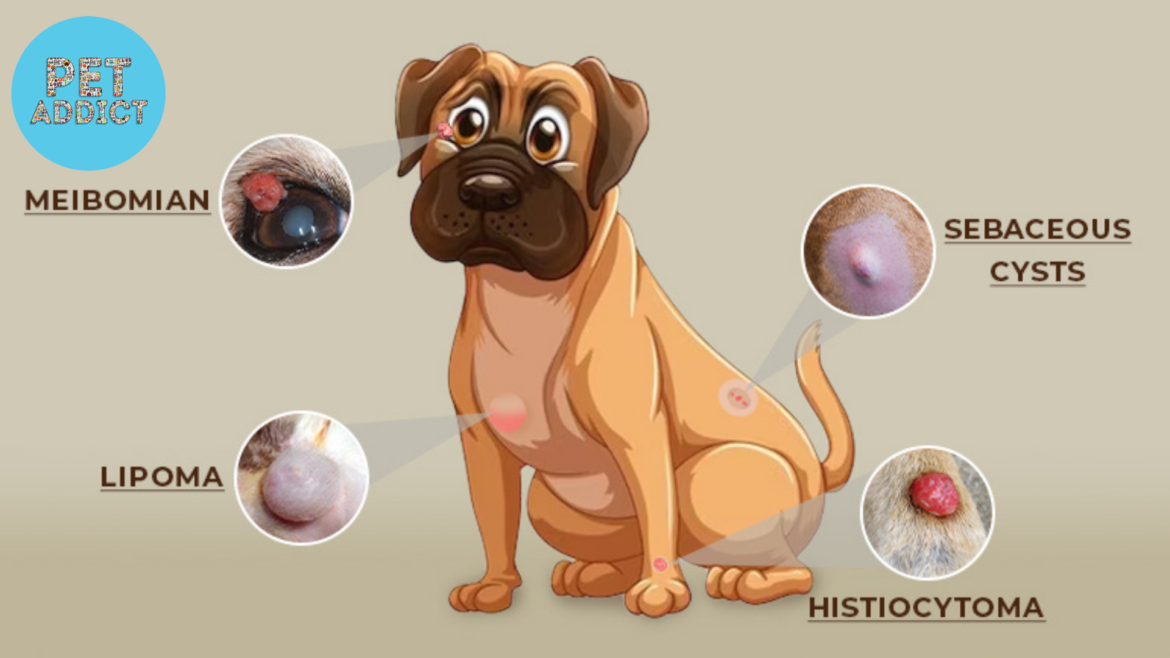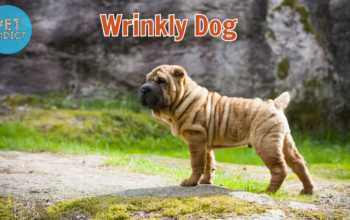Introduction
Histiocytoma is a common skin tumor that can affect dogs of various breeds and ages. It is important for dog owners to be aware of this condition and its potential impact on their furry companions. In this comprehensive guide, we will delve into the world of histiocytoma in dogs, covering its causes, symptoms, treatment options, and more. Whether you suspect your dog may have a histiocytoma or simply want to expand your knowledge, this article will provide you with the information you need.
PetAddict.net – The best place where you can find everything about your pet!
What is Histiocytoma?
Histiocytoma is a benign skin tumor that originates from histiocytes, which are cells that form a part of the immune system. These tumors are typically found on the skin surface and often appear as small, round, and raised lesions. Histiocytomas are more commonly observed in young dogs, with certain breeds being more predisposed than others. While most histiocytomas resolve spontaneously without treatment, some may require veterinary intervention.
Causes and Risk Factors

The exact cause of histiocytoma in dogs is not fully understood. However, there are several factors that may contribute to its development. Genetic predisposition, immune system dysregulation, and environmental factors are among the potential causes and risk factors. Certain breeds, such as Boxers, Staffordshire Bull Terriers, and Cocker Spaniels, have a higher incidence of histiocytoma, suggesting a genetic component to the condition.
Common Symptoms
The most common symptom of histiocytoma is the presence of a solitary, rapidly growing, and well-defined lump or nodule on the skin. These tumors are typically small, ranging from a few millimeters to a centimeter in diameter. Histiocytomas often have a firm texture and may be pink, red, or similar in color to the surrounding skin. They are most frequently found on the head, neck, and limbs of affected dogs.
histiocytoma dog
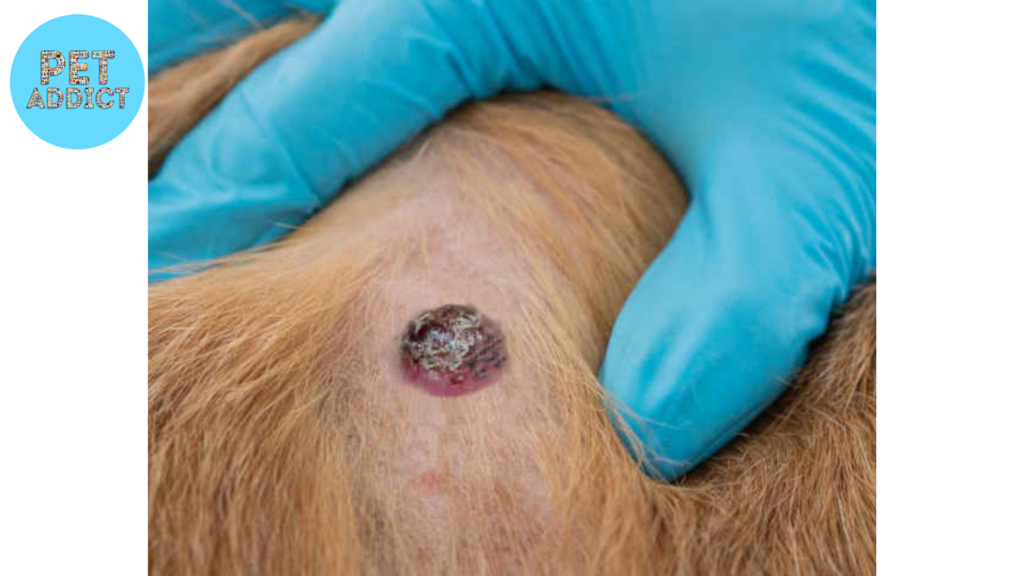
If you suspect your dog has a histiocytoma, it is crucial to consult a veterinarian for a proper diagnosis. The veterinarian will perform a thorough physical examination of the affected area, evaluating the size, shape, and appearance of the tumor. In some cases, a fine-needle aspirate or a biopsy may be performed to confirm the diagnosis and rule out other potential skin conditions or tumors.
Treatment Options
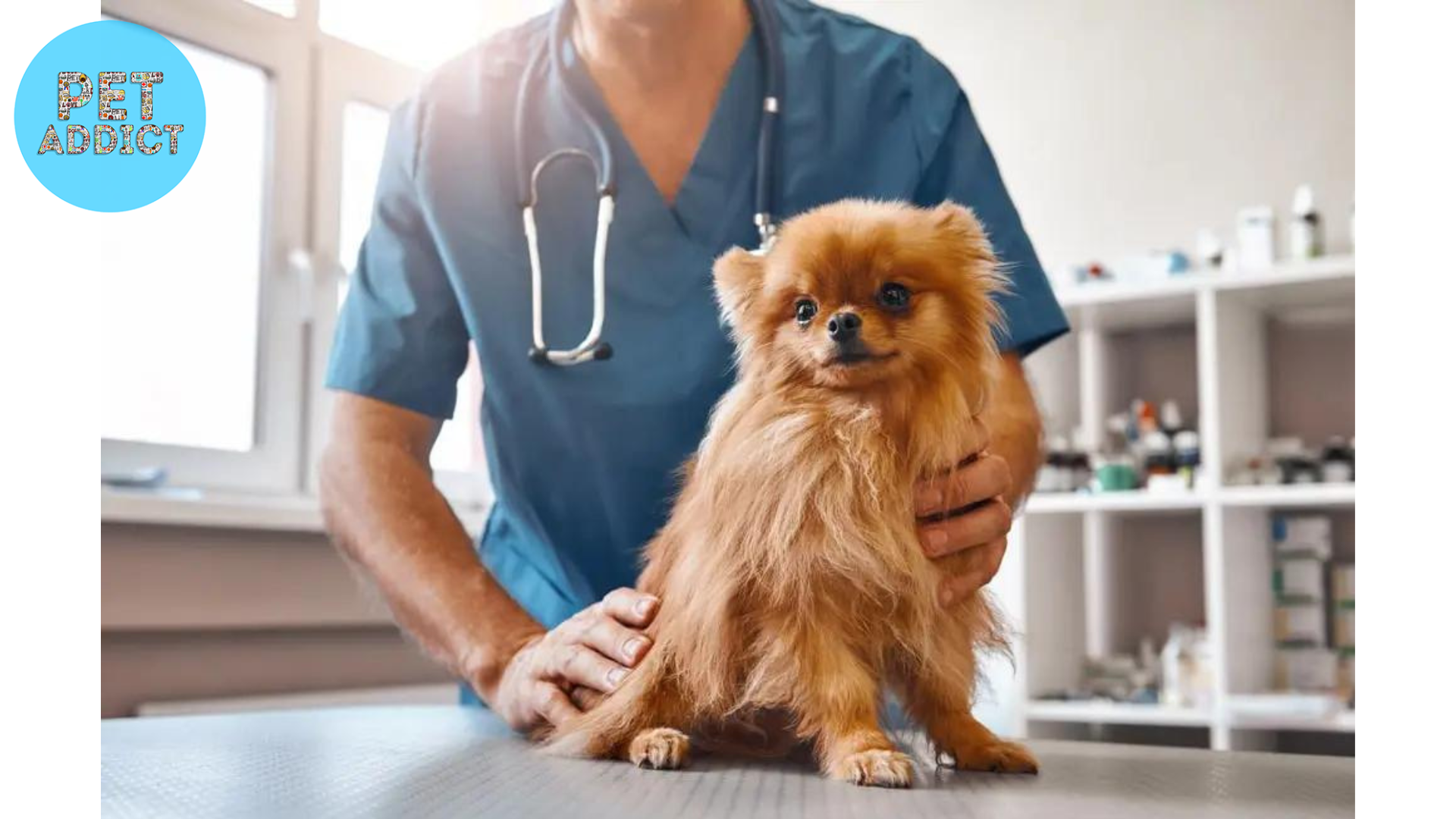
In many instances, histiocytomas will resolve on their own without any treatment. However, depending on the size, location, or rapid growth of the tumor, veterinary intervention may be necessary. Treatment options for histiocytoma include surgical removal, cryosurgery (freezing the tumor with liquid nitrogen), or laser therapy. The choice of treatment depends on various factors, such as the size and location of the tumor, the dog’s overall health, and the preferences of the owner.
Natural Remedies and Home Care
While there are no specific natural remedies that can cure histiocytoma, there are some home care approaches that can help manage the condition. Applying a warm compress to the affected area can provide relief and promote healing. Additionally, keeping the area clean and preventing your dog from scratching or licking the tumor can minimize irritation and reduce the risk of secondary infections.
Prognosis and Outlook
The prognosis for dogs with histiocytoma is generally excellent. Most histiocytomas spontaneously regress within a few weeks to a few months, without leaving any lasting effects. However, in some cases, histiocytomas may recur or persist. If you notice any changes in the tumor, such as rapid growth, bleeding, or ulceration, it is essential to consult your veterinarian for further evaluation and appropriate management.
Prevention and Risk Reduction
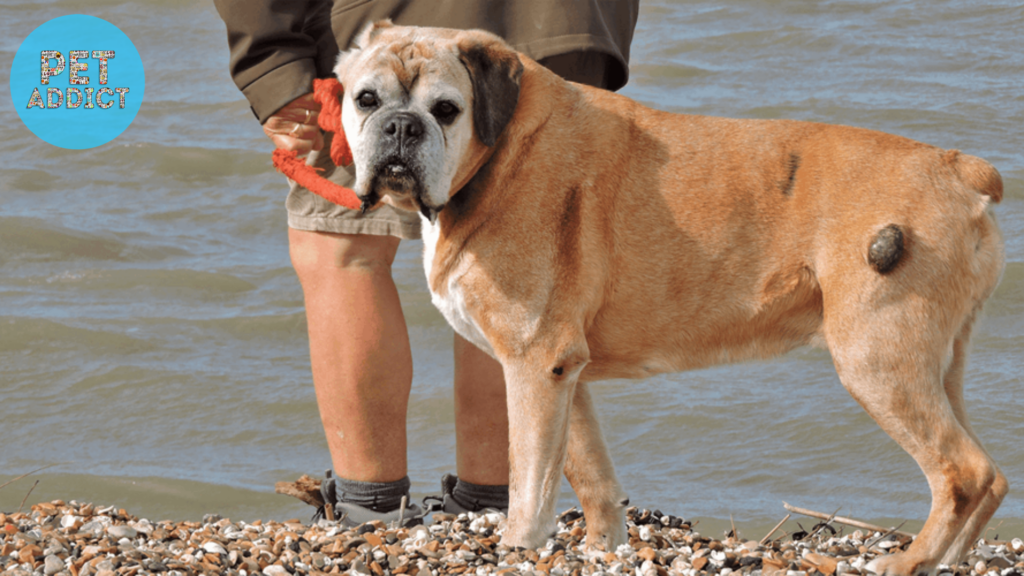
As histiocytoma’s exact cause is not fully understood, it is challenging to prevent its development entirely. However, certain measures can help reduce the risk. Maintaining a healthy immune system through balanced nutrition, regular exercise, and preventive healthcare can contribute to overall well-being and potentially reduce the likelihood of histiocytoma. Additionally, avoiding excessive exposure to environmental toxins and minimizing trauma to the skin can help lower the risk.
Living with a Dog with Histiocytoma
If your dog has been diagnosed with histiocytoma, it is important to provide them with proper care and attention. Monitor the tumor closely for any changes, and follow your veterinarian’s recommendations regarding treatment or management. Offer comfort to your dog during the healing process and prevent them from aggravating the tumor through scratching or licking. Maintaining a supportive and stress-free environment can aid in the recovery and overall well-being of your furry companion.
Research and Advancements
Ongoing research and advancements in veterinary medicine continue to shed light on histiocytoma in dogs. Studies are focused on understanding the underlying causes, refining diagnostic techniques, and exploring new treatment options. As our knowledge expands, there may be breakthroughs in targeted therapies or preventive measures that could further enhance the management of histiocytoma in dogs.
Conclusion
In conclusion, histiocytoma is a common benign skin tumor that canaffect dogs of various breeds and ages. While histiocytomas are generally harmless and often resolve on their own, it is important for dog owners to be aware of this condition and seek veterinary guidance for proper diagnosis and treatment when necessary. By understanding the causes, symptoms, and treatment options for histiocytoma, you can ensure the well-being of your canine companion. Remember to consult with a veterinarian for personalized advice and guidance regarding your dog’s specific situation.

